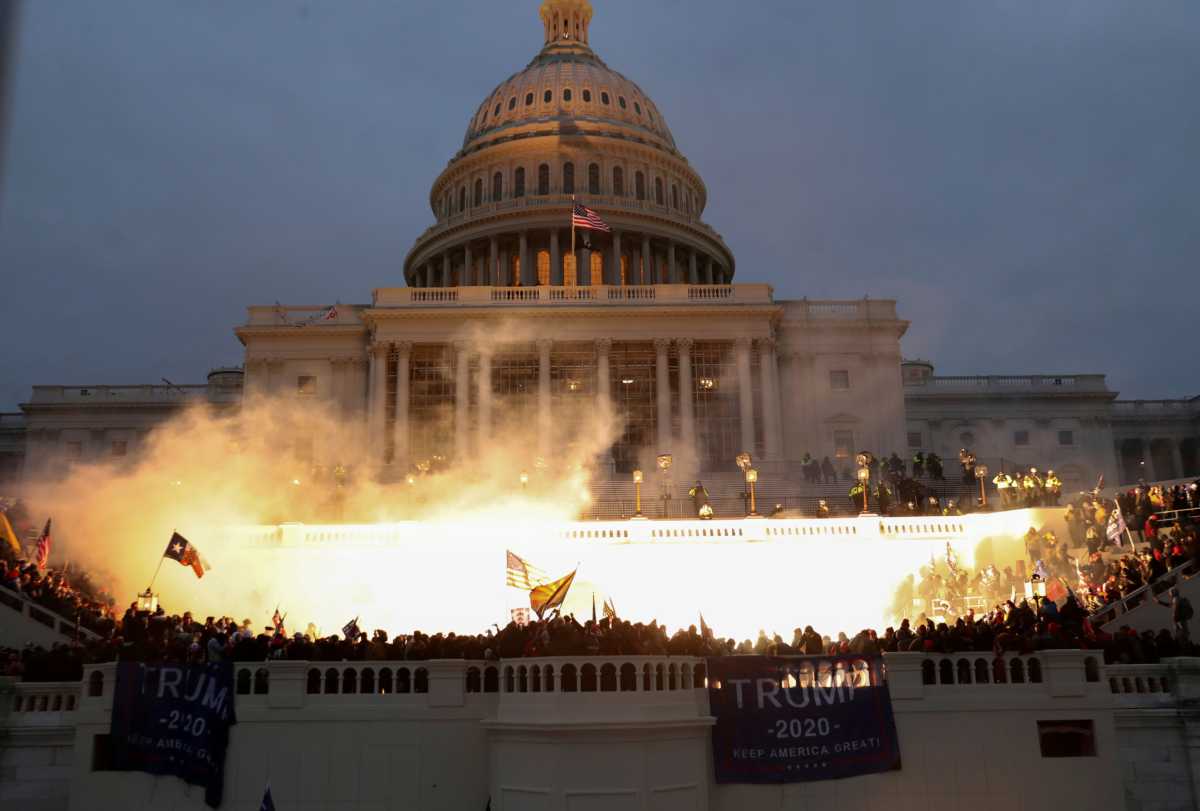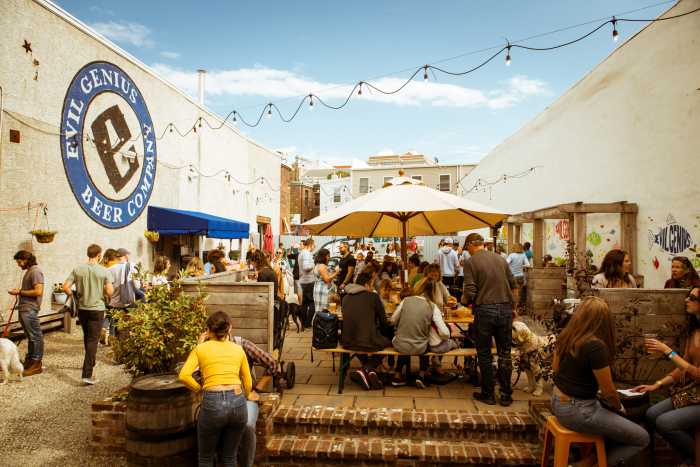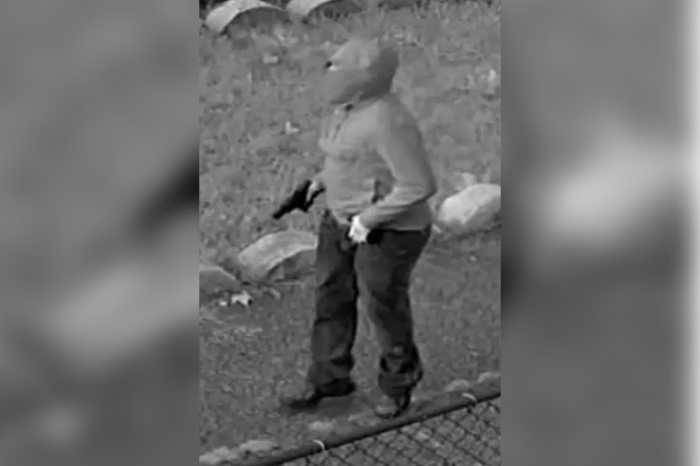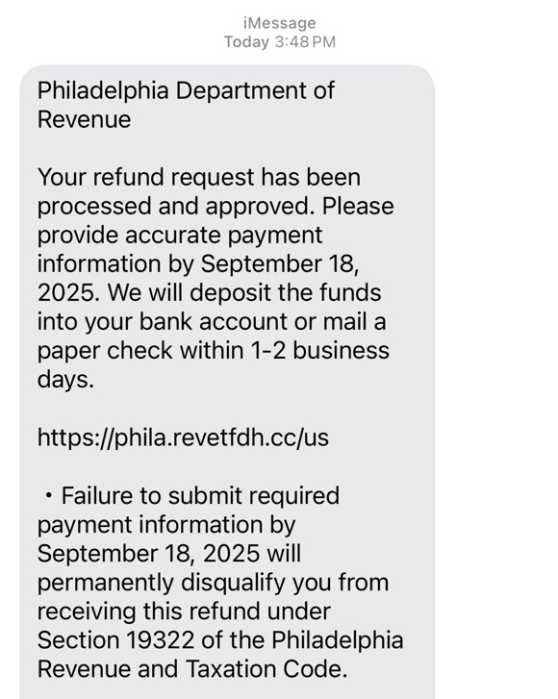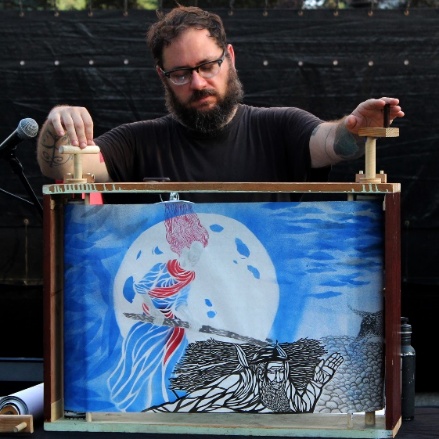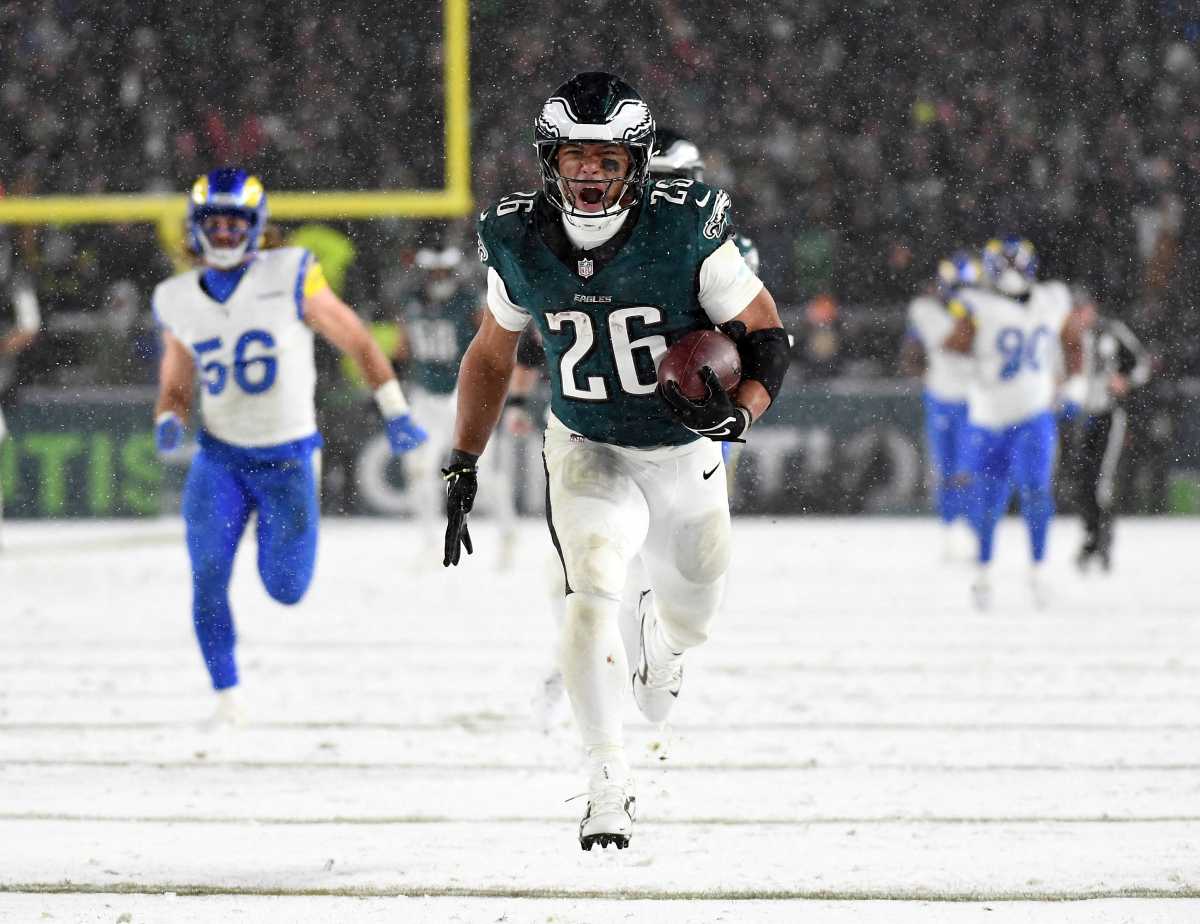By Joseph Tanfani, John Shiffman, Brad Heath and Mark Hosenball
The bloody chaos inside the Capitol on Wednesday came after the police force that protects the legislative complex was overrun by a mob of Trump supporters in what law enforcement officials called a catastrophic failure to prepare.
The siege of the Capitol, home to both the Senate and the House of Representatives, represents one of the gravest security lapses in recent U.S. history, current and former law enforcement officials said, turning one of the most recognizable symbols of American power into a locus of political violence.
While events such as a presidential inauguration involve detailed security plans by numerous security agencies, far less planning went into protecting the joint session of Congress that convened on Wednesday to ratify the results of the 2020 presidential election, the officials said. That lapse came despite glaring warning signs of potential violence by hardline supporters of President Donald Trump, who are inflamed by Trump’s baseless claims of a stolen election and hope to block the inauguration of President-elect Joe Biden.
And security initially was handled almost entirely alone by the U.S. Capitol Police, a 2,000-member force under the control of Congress and dedicated to protecting the 126-acre Capitol Grounds. For reasons that remained unclear, other arms of the U.S. federal government’s vast security apparatus did not arrive in force for hours as rioters besieged the seat of Congress. The Capitol is a short walk from where Trump in a speech railed against the election just before the riot began, calling the vote an “egregious assault on our democracy” and urging his supporters to “walk down to the Capitol” in a “Save America March.”
The counting of the electoral votes of the presidential election by Congress, normally a formality, was preceded by weeks of threats in social media that planned pro-Trump protests could descend into violence. Despite those rumblings of danger, the Capitol Police force did not request advance help to secure the building from other federal agencies such as the Department of Homeland Security, according to one senior official. And National Guard reinforcements, summoned by the city’s mayor, were not mobilized until more than an hour after protesters had first breached the barricades.
In stark contrast, those agencies were aggressively deployed by the Trump administration during last summer’s police brutality protests in Washington and elsewhere in the United States.
The Capitol Police did not respond to requests for comment.
The force’s officers are trained to keep protesters off the Capitol’s marble outdoor steps, to protect the complex like a citadel. But there are so many windows and doors in the 19th-century complex that it is difficult to defend them all, said Terrance Gainer, who served as Capitol Police chief and later as the U.S. Senate’s Sergeant at Arms, its chief law enforcement officer.
“Once they lost the steps, they lost the doors and windows,” Gainer said.
As hordes of rioters streamed into the heart of American government, they could be seen on camera roaming freely through the historic halls – swinging from a balcony, rifling through the offices of House Speaker Nancy Pelosi, and even sitting in the chair reserved for the Senate’s presiding officer. One rioter was captured by a Reuters photographer casually shouldering a large Confederate battle flag as he strode inside the Capitol.
“I truly had to suspend my disbelief because I didn’t think you could breach the Capitol,” said Gainer, the former Capitol Police chief. “I have great confidence in the men and women who protect Congress, but there will need to be a full accounting. We’re going to have to have a deep dive into what went wrong.”
‘IT LOOKED LIKE THE KEYSTONE COPS’
Typically, law enforcement agencies in the American capital spend weeks or months planning for large protests, one former Justice Department official said. Officials from dozens of agencies, including local police, Capitol Police, the Secret Service and the federal Parks Police, ordinarily gather at the Washington field office of the Federal Bureau of Investigation to coordinate their response. But it’s not clear how much of that planning happened for Wednesday’s event.
A senior federal law enforcement official familiar with the planning to protect other federal sites on Wednesday, including the grounds where Trump spoke, said that he was shocked that the Capitol Police were not better prepared.
“It looked like the Keystone Cops out there,” said the official, who spoke on condition of anonymity. “It should have never happened. We all knew in advance that these people were coming, and the first order of policing is presence.”
“The Capitol Police force is essentially a guard force, so it’s hard to understand why they weren’t better prepared.”
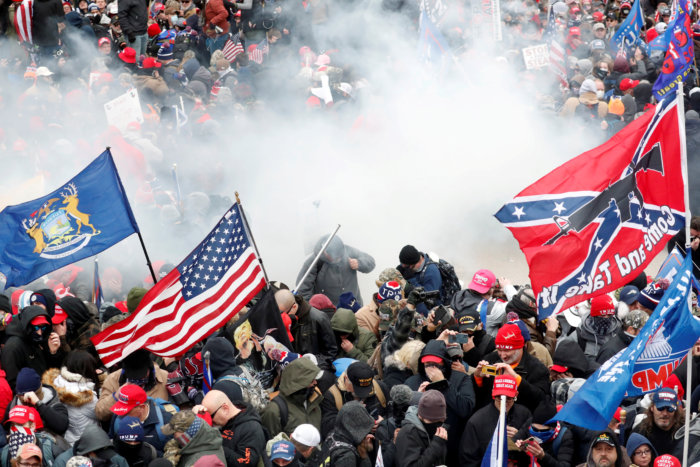
TRUMP LAUNCHED MARCH TO THE CAPITOL
Trump on Twitter promised a “wild” event aimed at reversing his loss in last November’s election – and appeared to encourage his supporters to act. “Our country has had enough, and we will not take it anymore,” Trump said at Wednesday’s rally. “You have to show strength, and you have to be strong.”
The White House did not respond to requests for comment on Trump’s role in inspiring the violent protests or on the collapse of security at the Capitol.
As Trump returned to the White House, the crowd headed to the Capitol building.
After a perimeter was quickly breached, Capitol Police officers seemed to be alone in battling the extremists on the building’s steps, according to witness accounts and video from the scene. They were unable to secure all the doors and windows in the sprawling complex. Protesters surged inside the building, which contains the chambers of both houses of Congress. Video footage showed Capitol Police overwhelmed by vastly superior numbers of intruders as the mob grew into the thousands.
Two officials said that Washington city officials had hoped to avoid a militarized response in the days before the protest. The fear: They were concerned about a repeat of the scenes of the harsh federal response to anti-racism protests that took place across the street from the White House in June. They said it was unclear why it took as long as it did for the city police force to arrive at the Capitol.
Whatever the case, they added, the delay was too long. A defense official said Washington Mayor Muriel Bowser requested National Guard troops at around 2 p.m. That was about 45 minutes after the rioters had breached the first barricade. Acting Defense Secretary Chris Miller activated the full D.C. National Guard at about 2:30, the official said.
By then, the Capitol was under lockdown. In the rotunda, the iconic circular room under the Capitol dome, tear gas masks were being distributed. Police evacuated Vice President Mike Pence – who was there to preside over the formal counting of the Electoral College votes for the election he and Trump lost – and members of the House of Representatives and Senate. The police used pepper spray and tear gas on the protesters. They tried to barricade doors with furniture but quickly lost the battle.
One woman was shot and killed by Capitol police inside the building, and pipe bombs were recovered at the offices of the Democratic and Republican national committees, Washington Police Chief Robert Contee said. He didn’t explain what prompted officers to shoot the woman.
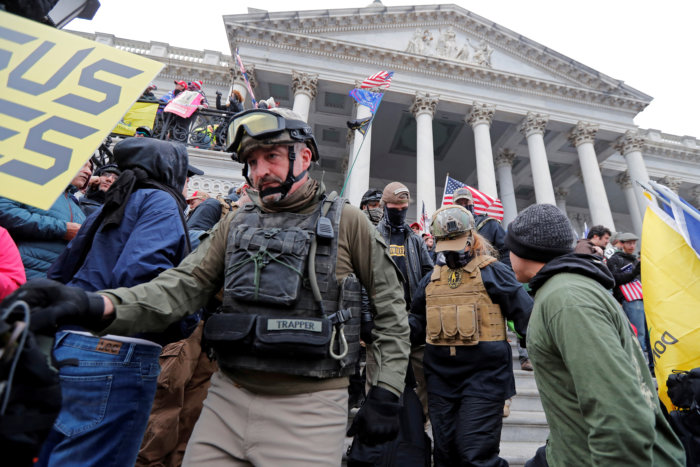
CALLS TO ‘RISE UP’ FOR TRUMP
While the mob invasion of the Capitol was unprecedented, there were ample warning signs in the days leading up to the protests. Many Trump supporters who traveled to the capital shared plans and organized on social media websites such as Parler, a Twitter-like service that has attracted right-wing extremist groups.
Some posters discussed ways to illegally sneak guns into Washington. In a post on the social media app Parler, the leader of the far-right extremist group the Proud Boys, Enrique Tarrio, promised the group’s attendance at Wednesday’s rally. Tarrio was arrested on Monday in Washington for destruction of property during a protest last month and possession of a firearm magazine. He pleaded not guilty but was ordered to leave the city on Tuesday.
Joe Biggs, a Proud Boys organizer, said more than 65 members of his group attended the protests but that he did not know whether any of them entered the Capitol building.
On Twitter, starting on Jan. 1, there were 1,480 posts from accounts related to the QAnon conspiracy theory movement that referenced Trump’s rally on Jan. 6 and contained references to violence, said a former intelligence official who monitors extremists on social media. These included calls for “Patriots to Rise Up.”
In one popular post on the TikTok video app, a man said that bringing guns to Washington is the “entire reason we’re going.”
Neil Trugman, a former Capitol Police intelligence officer, called Wednesday’s invasion of the complex unfathomable.
“We’re all witnessing something we never imagined,” said Trugman, who recently retired as chief of police for Amtrak, the U.S. passenger rail company. “I’m not sure any chief of police could have handled this any differently.”
He blamed Trump for inciting the riot: “This is no longer just a protest. They crossed the line. This is terrorism.”
Reuters



